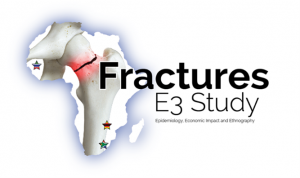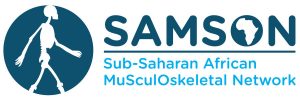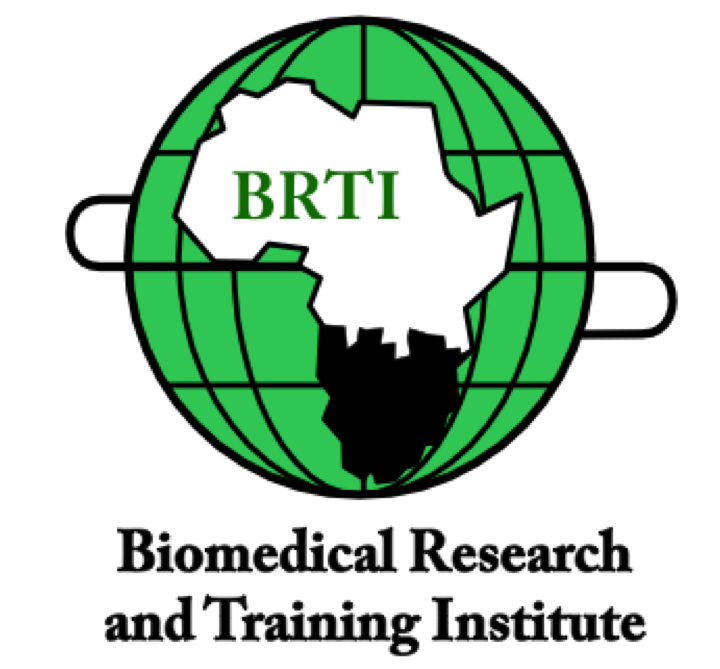
What is the Fractures-E3 Study?
Fractures in sub-Saharan Africa: Epidemiology, Economic impact and Ethnography (the Fractures-E3 study) is a 5-year Wellcome Trust and NIHR funded, mixed-methods study aiming to establish frequency of vertebral and hip fractures, risk factors, health costs, consequences, care pathways and available health services. This research programme will be conducted in South Africa, Zimbabwe and The Gambia.
Why is the study needed?
Life expectancy is rising more rapidly in Africa than any other continent globally. Ageing increases the risk of fractures, which can cause pain, disability, loss of productivity and sometimes death. For countries to plan future healthcare services we need to understand more about fractures, their frequency, the consequences for health, and the financial implications both for patients and for health services.
What is the expected impact?
Greater understanding of fracture care can inform health service policy and planning both in the study countries and beyond. For example, it is intended that our findings will influence essential medicines availability, calibrate risk assessment tools for generalised clinical use, inform national clinical guidelines and advise health service development for the future.
Background
Life expectancy is rising more rapidly in Africa than any other continent globally. As countries in sub-Saharan Africa (SSA) transition due to rapid urbanisation, their changing demographics are giving rise to an increasing burden of non-communicable diseases (NCDs) of ageing, this includes fractures, often as a consequence of skeletal fragility. Fractures can be devastating, causing pain, disability, loss of productivity and sometimes death. Such fractures may occur in the context of multimorbidity (e.g. obesity and osteoarthritis). At the same time in SSA, communicable diseases (e.g. HIV), with both short- and longer-term sequelae, continue to affect millions of people every year. In high-income countries fractures place significant strain on healthcare services and budgets. For countries in Africa to plan future healthcare services we need to understand the epidemiology of key fracture types, their costs both monetarily and for the patient themselves, and what healthcare resources are currently in place to provide for those who fracture, and that might be amenable to future development 1.
Aims
In South Africa, Zimbabwe, and The Gambia we will establish how frequently two key age-related fractures occur: vertebral fractures (the commonest) and hip fractures (the most life-challenging), and the associated risk factors for these fracture types. We will assess recovery, disability and death rates following hip fracture, and identify factors that improve outcomes for patients. We will calculate how much fractures cost health services now and in the future. By talking with patients and healthcare workers we will learn of their experiences and gain insights into how fracture care can be improved in the future.









![]()
![]()
